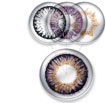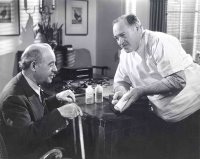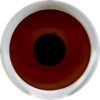 OSN SuperSite - Delayed antibiotic prescription may be best strategy for conjunctivitis
OSN SuperSite - Delayed antibiotic prescription may be best strategy for conjunctivitisFrom article:
Delayed prescribing — giving a prescription that can be picked up at patients discretion 3 days after the initial office visit — reduced antibiotic use by 50% and provided a level of symptom relief similar to immediate prescribing, according to this study.
"Our [previous] qualitative research showed patients were happy with delayed prescribing and were comfortable about deciding whether to start antibiotics," said Hazel A. Everitt and colleagues in the study, published in the BMJ.
Ms. Everitt and colleagues randomly assigned patients with infective conjunctivitis to three treatment groups; 104 patients received immediate treatment with topical antibiotics, 109 patients received a prescription that could be picked up after 3 days, and 94 patients received no antibiotics. The researchers found only 53% of the delayed treatment group chose to use the drugs.
Antibiotic use did not affect symptom severity, but it did lessen the duration of moderate symptoms: 4.8 days for untreated patients, 3.9 days for delayed treatment patients and 3.3 days for immediate treatment patients.
"Is it worth prescribing immediate antibiotics when the benefit is likely to be a half day's worth reduction in moderate symptoms?" researchers asked.
The study is published in the August issue of the British Journal of Medicine.



